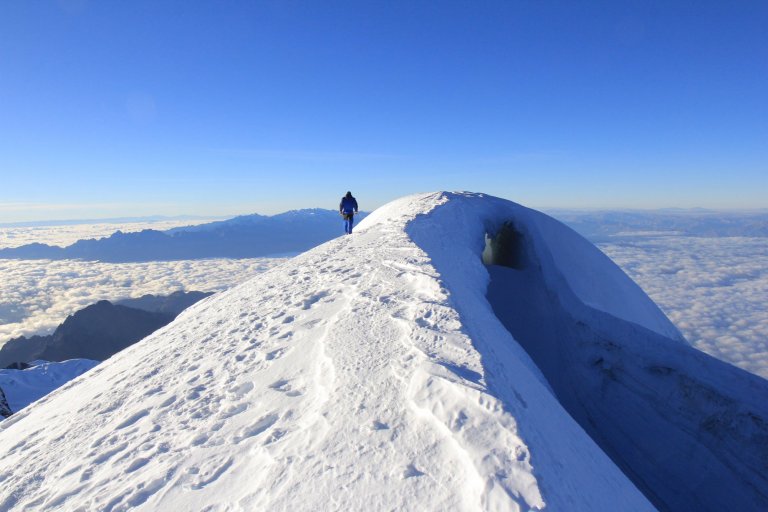
© Bruno JOURDAIN / IGE / CNRS Images
View the mediaFolder
It's the Earth's largest archive, and it is disappearing before our very eyes.

© Bruno JOURDAIN / IGE / CNRS Images
View the mediaTrapped in the ice in glaciers and the ice caps, we find atmospheric gases and pollen deposited by the wind, enabling us to trace the history of our planet. In this series of documentaries, we follow the teams of scientists as they attempt to decipher the messages held in these archives and preserve them for generations to come.
Our work is guided by the way scientists question the world around them and we translate their research into images to help people to understand the world better and to awaken their curiosity and wonderment.